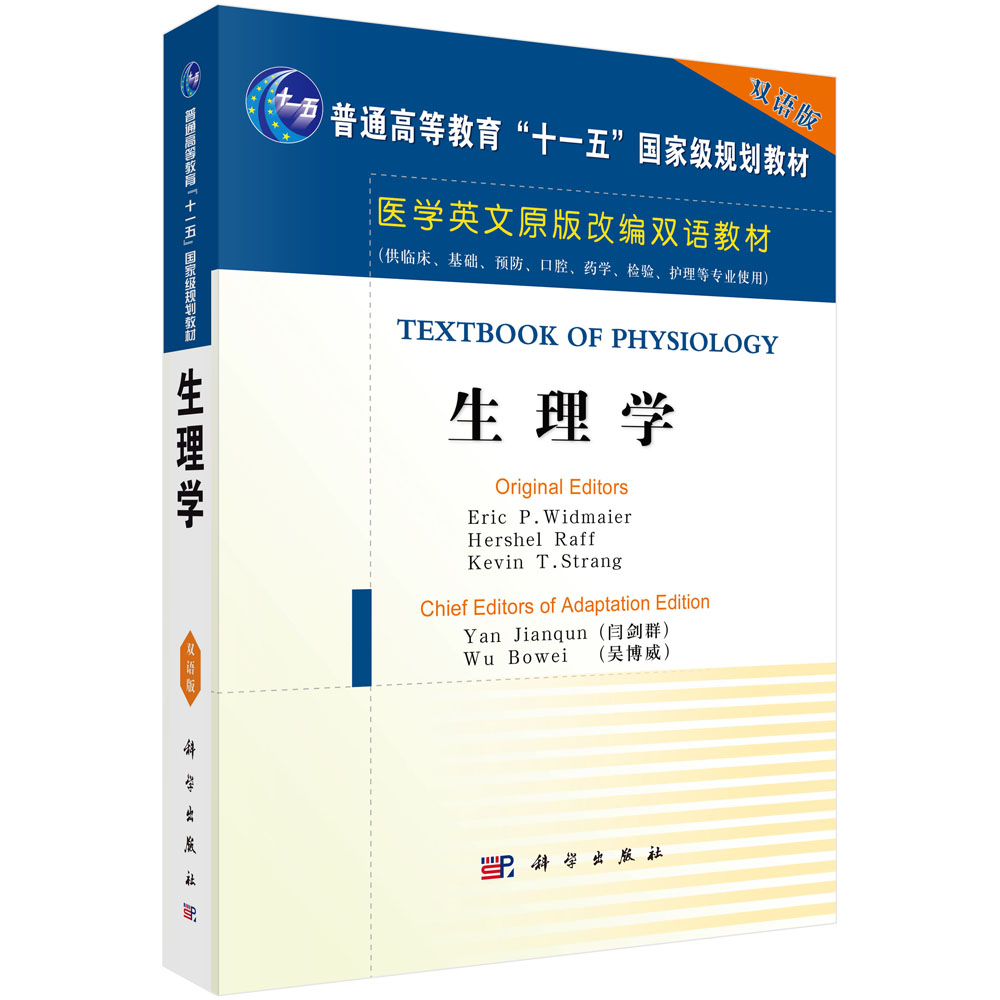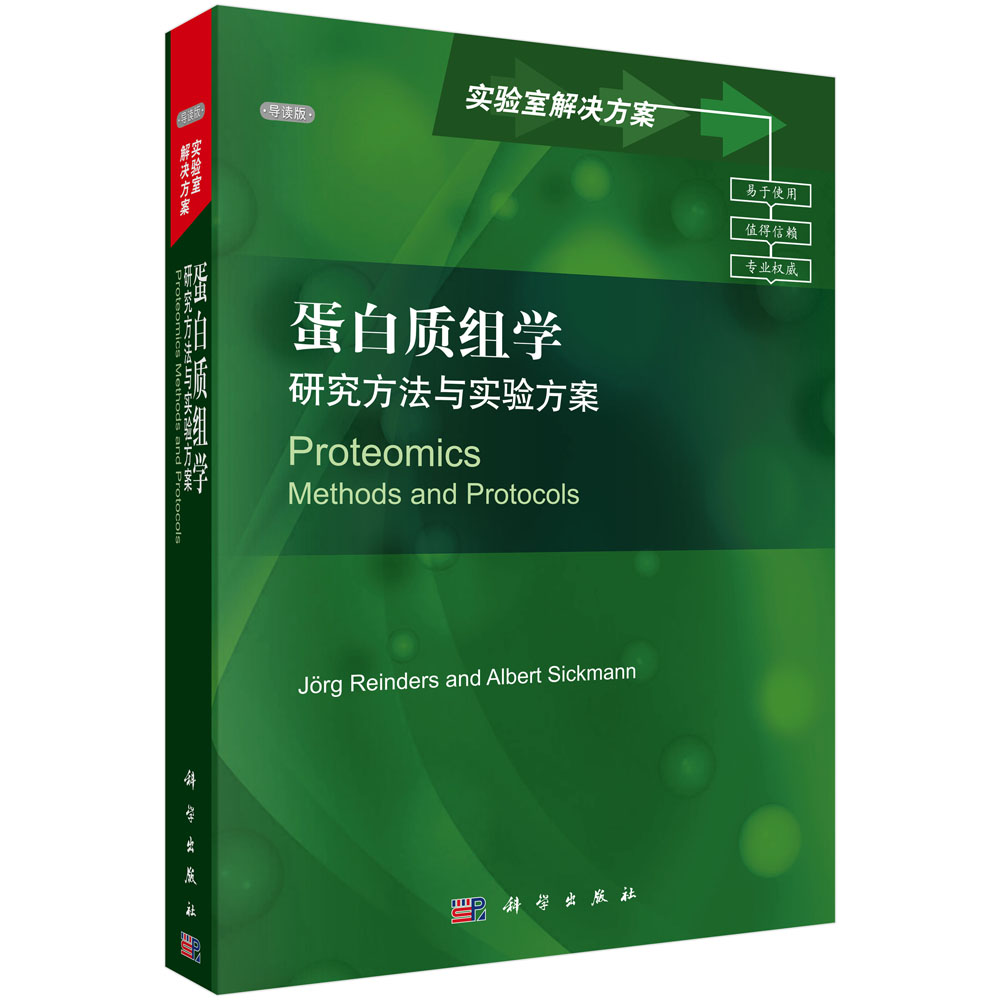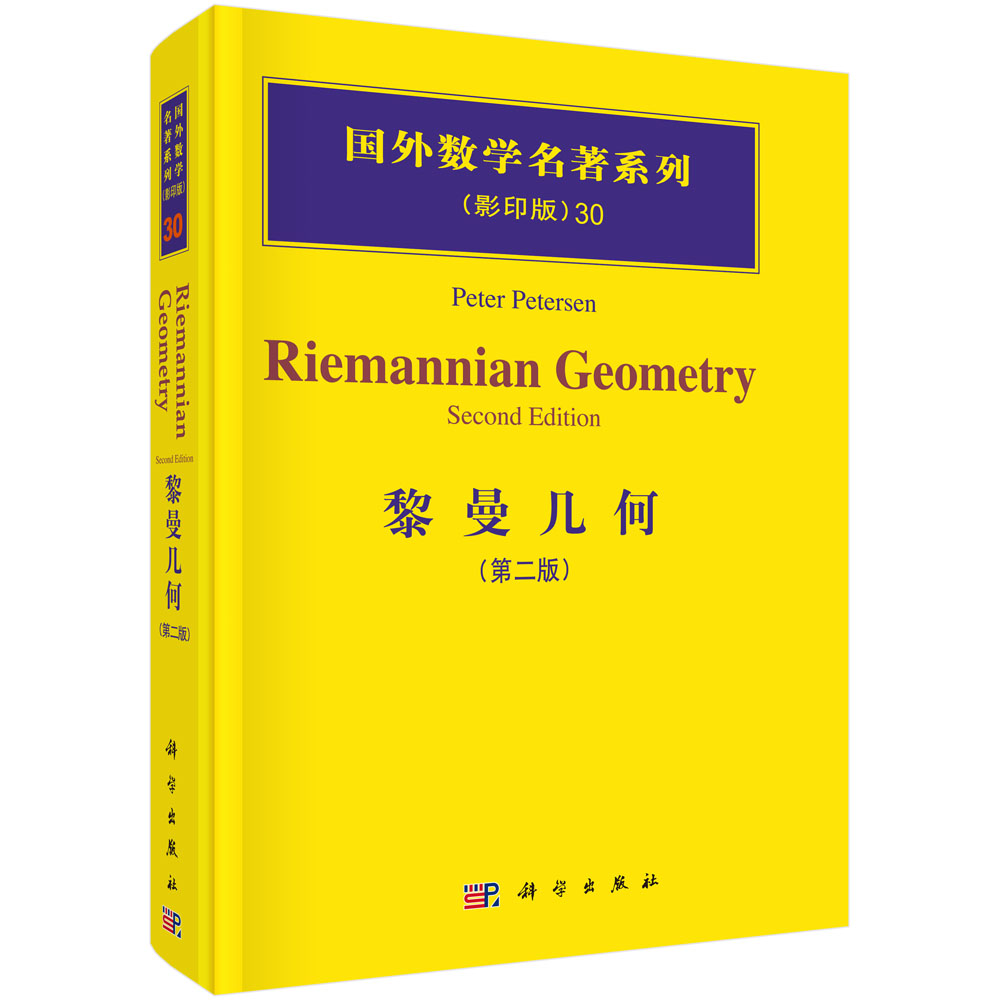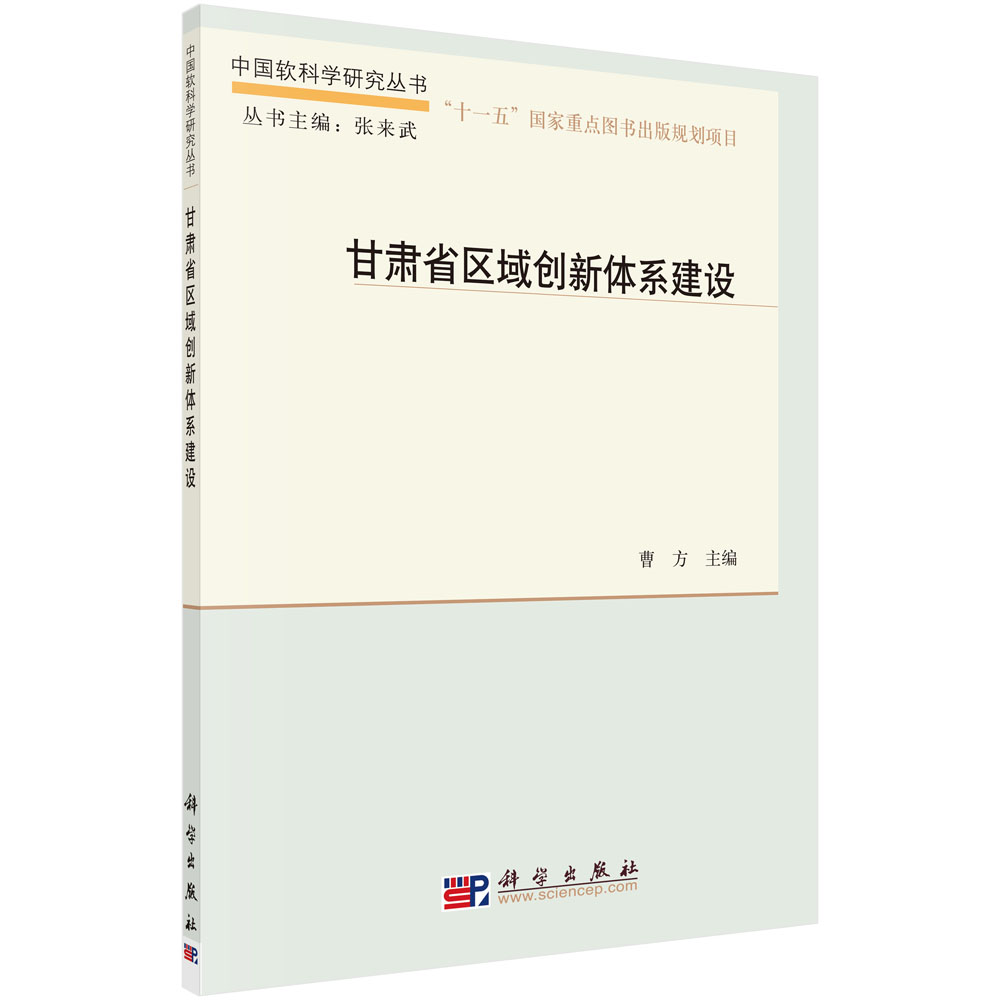


































Damages and fractures accompanying multiphysical fields coupling in rocks are widespread and crucial to practical engineering, such as coal mining, oil and gas exploration, and civil engineering. However, understanding the influence mechanisms and controlling induced disasters that occur during and due to damage and fracture evolution in rocks require high-precision and reliable solutions. The adaptive numerical algorithm and simulation analysis method proposed here have notable advantages in terms of accuracy and reliability. This book mainly focuses on the adaptive analysis of damages and fractures in rocks, with consideration of multiphysical fields coupling (thermal, hydraulic, mechanical, and chemical fields). It is hoped that this book will help readers understand this innovative analysis method easily and quickly. The main contents of the book are: (1) finite element algorithm for modelling the continuum damage evolution of rocks; (2) adaptive finite element analysis of continuum damage evolution and determination of the wellbore stability of transversely isotropic rock; (3) adaptive finite element algorithm for damage detection in non-uniform Euler-Bernoulli beams with multiple cracks, using natural frequencies; (4) adaptive finite element-discrete element analysis to determine multistage hydrofracturing in naturally fractured reservoirs; (5) adaptive finite element-discrete element analysis of multistage supercritical CO₂ fracturing and microseismic modelling; (6) adaptive finite element-discrete element-finite volume algorithm for 3Dmultiscale propagation of hydraulic fracture network considering hydro-mechanical coupling.
This book can be used by postgraduates and undergraduates majoring in engineering mechanics, mining engineering, geotechnical engineering and geological engineering. It should also be useful as the reference for researchers in related fields.
样章试读
- 暂时还没有任何用户评论
全部咨询(共0条问答)
- 暂时还没有任何用户咨询内容
Contents
Chapter 1 Introduction 1
1.1 Research background and significances 1
1.2 Numerical investigations for damage and fracture in rock considering multiphysical fields coupling 2
1.3 Research aims and contents of the book 4
1.3.1 Research aims 4
1.3.2 Research contents 5
References 6
Chapter 2 Finite element algorithm for continuum damage evolution of rock considering hydro-mechanical coupling 9
2.1 Introduction 9
2.2 Assignment of petrophysical heterogeneity 11
2.3 Governing equations with hydro-mechanical coupling 13
2.4 Continuum damage evolution 14
2.5 Finite element analysis strategy 16
2.6 Results and discussion 16
2.6.1 Finite element model of heterogeneous rock 17
2.6.2 Rock damage analysis under different conditions 18
2.6.3 Effective stress analysis by hydro-mechanical coupling influence 21
2.7 Conclusions 22
References 23
Chapter 3 Finite element analysis for continuum damage evolution and wellbore stability of transversely isotropic rock considering hydro-mechanical coupling 25
3.1 Introduction 25
3.2 Finite element analysis strategy 29
3.3 Finite element solution 30
3.3.1 Constitutive equation 30
3.3.2 Finite element formulation 31
3.3.3 Finite element model and adaptive mesh refinement for wellbore stability analysis 32
3.4 Damage tensor calculation 36
3.4.1 Damage tensor 37
3.4.2 Stress and permeability with damage 38
3.5 Wellbore stability analysis 39
3.6 Results and discussion 40
3.6.1 Pore pressure and stress analysis of rock surrounding wellbore 40
3.6.2 Instability analysis of wellbore failure region 42
3.6.3 Collapse and fracture pressure computation 44
3.7 Conclusions 48
References 48
Chapter 4 Finite element analysis for continuum damage evolution and inclined wellbore stability of transversely isotropic rock considering hydro-mechanical-chemical coupling 52
4.1 Introduction 52
4.2 Transverse isotropy and hydration characterization 55
4.2.1 Constitutive equation 55
4.2.2 Hydration effect 57
4.3 Finite element analysis strategy 59
4.4 Finite element solution 60
4.4.1 Finite element formulation 60
4.4.2 Finite element model and adaptive mesh refinement for wellbore stability analysis 61
4.5 Damage tensor calculation 62
4.5.1 Damage tensor 62
4.5.2 Stress and permeability with damage 64
4.6 Wellbore stability analysis based on weak plane strength criterion 64
4.7 Results and discussion 65
4.7.1 Pore pressure and stress analysis of rock surrounding wellbore with hydro-mechanical-chemical coupling 66
4.7.2 Petrophysical heterogeneity and chemically active effect analysis 68
4.7.3 Time-dependent collapse and fracture pressure computation 72
4.8 Conclusions 73
Appendix: Coordinate systems and stresses transformation 74
References 77
Chapter 5 Adaptive finite element algorithm for damage detection of non-uniform Euler-Bernoulli beams with multiple cracks based on natural frequencies 80
5.1 Introduction 80
5.2 Adaptive approach for damage detection of cracked beams 84
5.2.1 Formulation and analogy of cracked beams 84
5.2.2 Stop criterion 86
5.2.3 Analysis strategy 87
5.3 Adaptive analysis 88
5.3.1 Finite element solution 88
5.3.2 Error estimation and mesh refinement 89
5.4 Newton-Raphson iteration 92
5.5 Damage refinement 94
5.6 Algorithms 94
5.7 Results and discussion 96
5.7.1 Free vibration problems 97
5.7.2 Damage detection problems 103
5.8 Conclusions 109
References 110
Chapter 6 Adaptive finite element-discrete element analysis for the multistage hydrofracturing in naturally fractured reservoirs considering hydro-mechanical coupling 113
6.1 Introduction 113
6.2 Adaptive finite element-discrete element method for hydraulic fracturing 118
6.2.1 Governing equations 118
6.2.2 Numerical discretization 122
6.2.3 Fracture propagation and local remeshing methods 123
6.3 Numerical models and procedure 124
6.3.1 Fracturing models in perforated horizontal wellbore 124
6.3.2 Discrete fracture network models for naturally fractured reservoir 126
6.3.3 Global procedure for hydraulic fracturing 127
6.4 Results and discussion 128
6.4.1 Case studies of multistage hydrofracturing of unfractured and naturally fractured models 130
6.4.2 Hydrofracturing fracture networks 136
6.4.3 Flowback and gas production 138
6.5 Conclusions 141
References 143
Chapter 7 Adaptive finite element-discrete element analysis for the multistage supercritical CO₂ fracturing and microseismic modelling considering thermal-hydro-mechanical coupling 148
7.1 Introduction 148
7.2 Adaptive finite element-discrete element method for fracturing and microseismicity analysis 152
7.2.1 Numerical methods considering thermal-hydro-mechanical coupling 152
7.2.2 Local remeshing strategy for fracture propagation 158
7.2.3 Microseismicity analysis by the evaluation of moment tensors 158
7.3 Numerical models and procedure 159
7.3.1 Numerical models for multistage fracturing 159
7.3.2 Global procedure for fracturing considering thermal-hydro-mechanical coupling 161
7.4 Results and discussion 162
7.4.1 Fracturing fracture networks 163
7.4.2 Fracturing fluid and gas flow 169
7.4.3 Microseismicity analysis for damaged and contact slip events 174
7.5 Conclusions 178
References 180
Chapter 8 Adaptive finite element-discrete element-finite volume algorithm for three-dimensional multiscale propagation of hydraulic fracture network considering hydro-mechanical coupling 186
8.1 Introduction 186
8.2 Governing equations considering hydro-mechanical coupling 188
8.2.1 Solid deformation 189
8.2.2 Fluid flow in fractured porous media 190
8.2.3 Fracture criteria 191
8.3 Combined finite element-discrete element-finite volume approach 192
8.3.1 Computation scheme for hydro-mechanical coupling 192
8.3.2 Numerical discretization for solid deformation 192
8.3.3 Cell-centred finite volume method for fluid flow 194
8.4 Adaptive algorithm 198
8.4.1 Error estimation for stress solutions 198
8.4.2 Local mesh refinement 198
8.4.3 Global procedure 199
8.5 Results and discussion 200
8.5.1 Three-dimensional fracture network propagation of engineering scale model 201
8.5.2 Three-dimensional fracture network propagation of laboratory scale model 203
8.6 Conclusions 205
References 206
Chapter 9 Summary and outlook 209
9.1 Summary 209
9.2 Outlook 212
Abstract 214
编后记 215